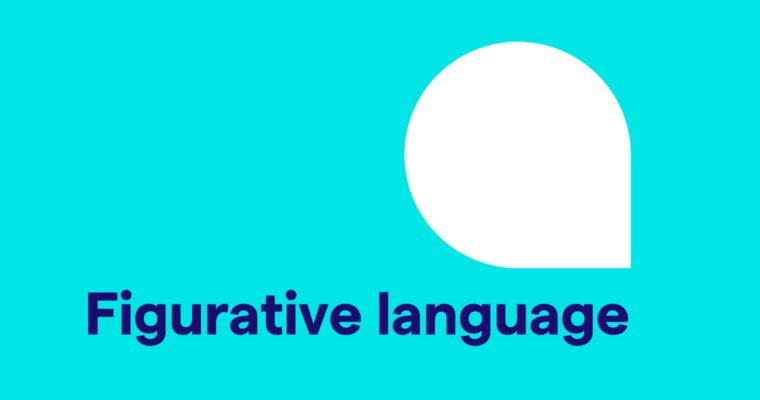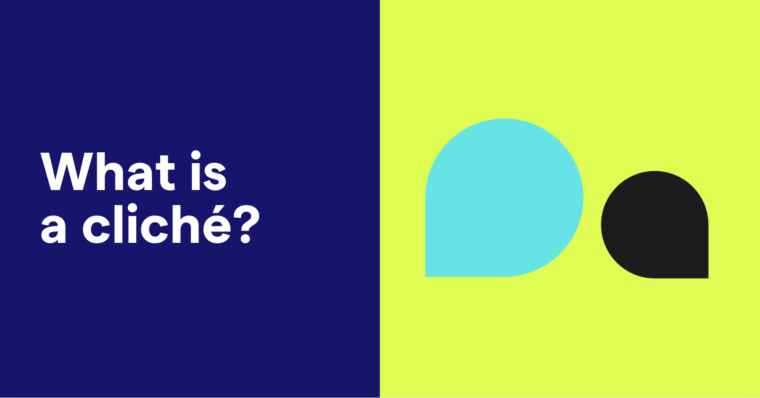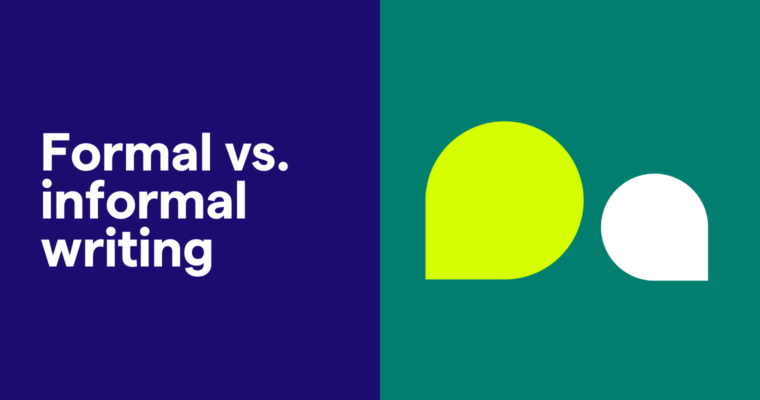
- Figurative language is a type of descriptive language used to convey meaning in a way that differs from its literal meaning.
- Figurative language examples include similes, metaphors, personification, hyperbole, allusions, and idioms.
- Language that uses figures of speech is known collectively as figurative language.
- Figurative language is often used to add creative flourish to written or spoken language or to simplify a complex idea.
- The opposite of figurative language is literal language, which uses the exact meaning of the words without imagination or exaggeration.
Figurative language can be complex, so here’s a guide on what it is, how it differs from literal language, and how to use it yourself. There are many types of figurative language—we’ll discuss six of the most common types using definitions and examples.
Table of Contents
Literal vs. figurative language
6 types of figurative language (with definitions and examples)
How to use figurative language in writing
What is figurative language?
Figurative language is a type of communication that does not use a word’s strict or literal meaning. Language that uses figures of speech is collectively referred to as figurative language. Common in comparisons and exaggerations, figurative language is usually used to add creative elements to written or spoken language or to explain a complicated idea.
Have you ever heard someone talk about having “butterflies in their stomach” when they’re nervous? There aren’t actually butterflies inside their stomach; they’re just using figurative language to describe the uneasy sensation in their body that feels like butterflies moving around inside them.
Figurative language stretches the actual meaning of words for effect, whether to sound artistic, make a joke, or communicate more clearly and engagingly. Using figurative language is common in narrative writing, especially when the author strives to connect emotionally with the reader.
Using figurative language to simplify ideas
Another use of figurative language is to help simplify complex ideas. Scientists might use it to explain the more complicated aspects of their research that a general audience might not understand, such as describing the structure of an atom as “like a tiny solar system.”
Another example is Schrödinger’s cat, a popular thought experiment to explain paradoxes in quantum mechanics. Without using figurative language, you’d have to learn all about subatomic physics, quantum superposition, and many other hard-to-understand concepts. For people without years of scientific training, the metaphor makes learning easier.
Literal vs. figurative language
The opposite of figurative language is literal language, or phrasing, that uses the exact meaning of the words without imagination or exaggeration. For example, if an athlete is doing well, you might say they’re “on fire” figuratively. If their clothes catch on fire, they’d be on fire literally.
Literal language serves its purpose in specific contexts, such as professional communication, academic papers, or legal documents. However, to put it bluntly, literal writing may come across as dull in other contexts.
Conversely, figurative language can make writing and speeches more engaging and amusing. The reader or listener has to think about the words more, as if deciphering a riddle, which means they’re actively participating.
Unlike literal language, figurative language makes full use of literary devices. Literary devices, in general, can make your writing more entertaining, comprehensible, and poignant, so it’s no surprise that they go hand in hand with figurative language.
6 types of figurative language (with definitions and examples)
There are many types of figurative language, but here are six of the most commonly used.
1 Simile
Definition: A simile compares two different things using the words like or as to draw attention to the comparison.
2 Metaphor
Definition: A metaphor describes an object or action in a way that isn’t literally true but helps explain an idea or make a comparison. The main difference between a simile and a metaphor is that metaphors do not use the words like or as.
Unlike similes, metaphors don’t acknowledge that they’re comparisons. A literal-minded reader might mistake them for reality, which makes them more figurative and poetic.
3 Personification
Definition: Personification means giving human characteristics to nonhuman or abstract things.
This can apply to physical attributes (“the eye of the needle”), emotional attributes (“a single lonely shoe”), or human actions (“a leaf dancing in the wind”).
“Because I could not stop for Death —
He kindly stopped for me —
The Carriage held but just Ourselves —
And Immortality.”—Emily Dickinson, “Because I could not stop for Death”
4 Hyperbole
Definition: Hyperbole is a great exaggeration, often unrealistic, to add emphasis to a sentiment.
If you’re especially busy, you might say, “I have a million things to do.” If you’re bored, you might say, “I have nothing to do.” Neither is actually true, but the phrasing makes the statement more emphatic.
5 Allusion
Definition: An allusion is a reference to a preexisting person, work, event, or well-known piece of pop culture.
Allusions generally relate to common knowledge, so it’s usually unnecessary to provide further explanation when using them.
6 Idiom
Definition: An idiom is a commonly used phrase or expression that, when taken as a whole, has a meaning that differs from the literal meanings of the individual words.
Because idiomatic phrases vary greatly by culture and language, they can be difficult to grasp for people who speak a different primary language, as their true meaning isn’t the same as what’s being expressed.
How to use figurative language in writing
Figurative language can improve writing, but only when it’s used effectively. Here are four tips for using figurative language in your own writing.
Use figurative language sparingly
With figurative language, a little goes a long way. Think of it like cooking with salt: Using a little bit can enhance the taste and add wonderful new flavors, but overdoing it can ruin your meal.
Figurative language can be distracting, so it’s best to limit its usage. If you’re using metaphors, hyperbole, or other literary devices in every sentence, you may exhaust your reader. Save them for the key moments in your writing.
Figurative language pairs well with humor
Aside from creating more engaging writing and helping to explain complex ideas, figurative language is also great for a laugh. Comedians and comedic writers often use it for punchlines and humorous analogies.
Hyperbole, especially as an understatement, is particularly useful in humor. For example, you might say, “There’s been a slight problem,” when the problem is disastrous.
Be careful when using figurative language as dialogue
In creative writing, it’s often tempting to write figurative language as part of a character’s dialogue. While figurative language is quite common in everyday speech (e.g., “I could just die from embarrassment” or “I’m starving!”), exaggerated phrases tend to stick out in conversations (not always in a good way).
Even if a writer is particularly proud of a certain turn of phrase, putting those words in a character’s mouth can seem out of place or inauthentic. Excessive figurative language in dialogue can ruin the reader’s immersion and remind them that they’re actually reading a story. The exception is if talking extravagantly is a particular trait of your character, such as the purposefully pretentious Humbert Humbert from Vladimir Nabokov’s Lolita.
Consider how people talk in real life and use that as a guideline. If you come up with a brilliant figurative phrase that must be used, work it into the narration instead.
Don’t sacrifice clarity for figurative language
Sometimes, figurative language can simplify a complicated idea, but other times, it can complicate a simple idea. If you want to add figurative language to a sentence, ensure you don’t convolute the meaning.
Remember that figurative language can be distracting, sometimes making it harder for the reader to understand what you’re trying to say. Never sacrifice clarity for something that sounds elaborate—save figurative language for the times when you can have both.





